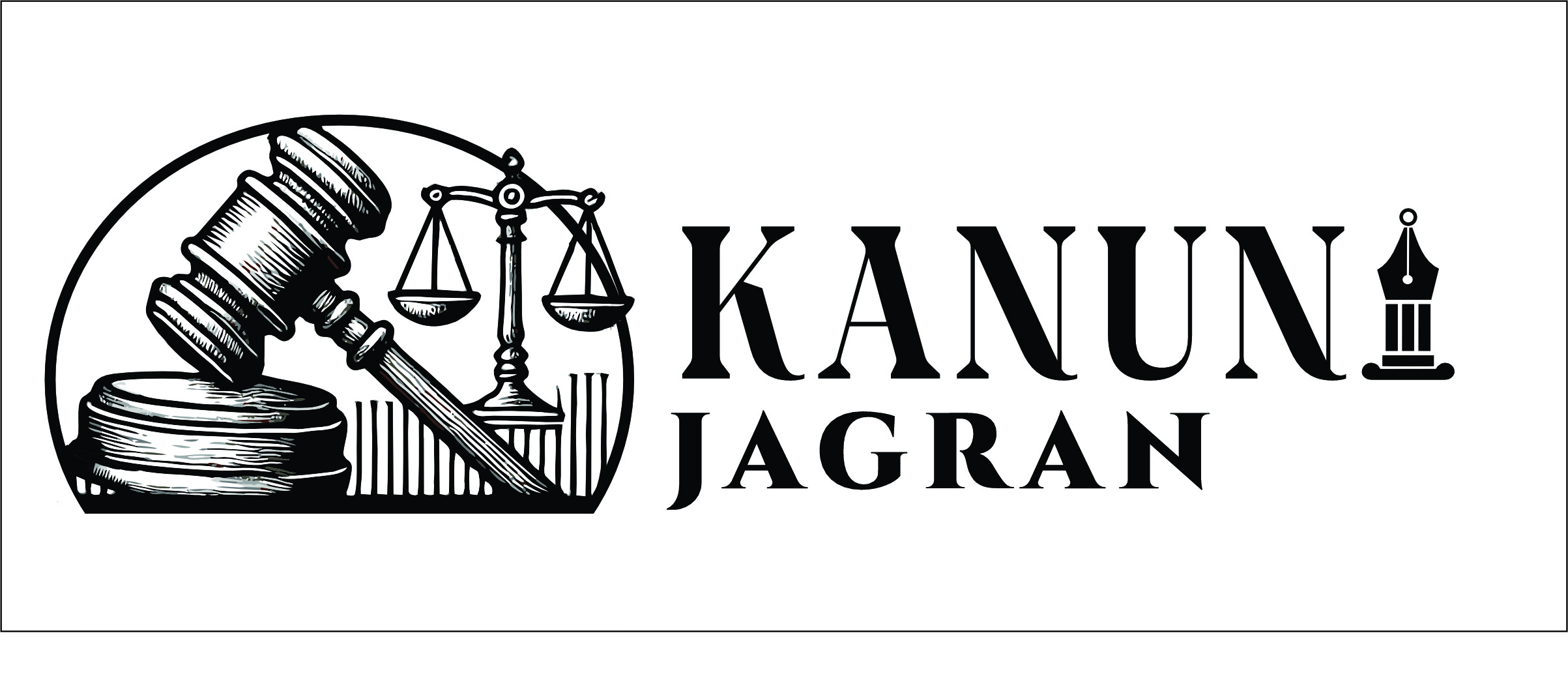


The Role of Vigilance Commissions in India
Empowering Citizens, Strengthening Governance 🇮🇳
1. What Are Vigilance Commissions & Why They Matter
Imagine a watchdog that not only barks when it sees trouble but also helps prevent it. That’s the essence of vigilance commissions in India—especially the Central Vigilance Commission (CVC). It was established in 1964 on the recommendations of the Santhanam Committee to curb corruption across central government bodies. Later, it gained statutory status under the CVC Act, 2003.
Their importance? Immense! They:
- Promote integrity, transparency, and fairness in public administration
- Oversee anti-corruption processes
- Serve as a bridge between the public and corrupt-prone institutions
These commissions are vital for India’s legal awareness mission—because accountability at this level affects millions.
2. CVC’s Mandate: What It Can & Can’t Do
Let’s unpack the CVC’s wide-ranging role:
🔍 Superintendence of Vigilance
- Provides oversight to vigilance units within ministries, PSUs, banks, etc.
- Issues guidelines on procurement, assets, complaints, and more Complaint Handling & Inquiries
- Receives complaints from government, Lokpal, whistleblowers
- Can order inquiries via CBI or department vigilance officers.
📋 Advisory Role
- Recommends disciplinary action and systems reforms
- Advises on appointment of Chief Vigilance Officers (CVOs).
🤝 Supervising Investigations
- Supervises CBI under the Prevention of Corruption Act
- Reviews pending cases and prosecution sanction delays.
🛡️ Whistleblower Protection
- Administers the PIDPI (Public Interest Disclosure & Protection of Informers) resolution
- Safeguards confidential informers and acts on their complaints.
📣 Public Awareness
- Conducts campaigns like Vigilance Awareness Week
- Raises citizen awareness on corruption and prevention measures.
However, the CVC cannot register criminal cases itself or prosecute offenders—it relies on other agencies and departments to act on its advice.
3. How It Works: The Day-to-Day
- Complaint Intake: Anyone—from officers to citizens—can file an allegation.
- Preliminary Checks: If substantial, the CVC directs CBI or a CVO for inquiry.
- Investigation & Supervision: Actively monitors progress and ensures follow-up.
- Recommendations: Suggests disciplinary or judicial action.
- Preventive Measures: Reviews systems, promotes integrity through training and clear guidelines.
4. Achievements & Key Interventions
Let’s bring this to life with real outcomes:
🕊️ Vineet Narain Case (Hawala Scandal)
Investigative journalist Vineet Narain won a Supreme Court battle in the 1990s. The verdict strengthened the CVC by giving it supervisory power over the CBI.
🏆 2G, Coal Block, CWG Scams
CVC referred major cases like the 2G spectrum, coal blocks, and Commonwealth Games to CBI, with sustained oversight and reporting to the Supreme Court.
📢 Vigilance Awareness Week
Held annually in October, the CVC organizes pledges, training, and workshops across India to reinforce anti-corruption values .
5. Real-Life Case Studies
🚜 Haryana Raxil Scam
The CVC directed a CBI investigation into misprocurement of fungicides worth ₹80 cr under Bhupinder Hooda’s administration.
🏢 Adarsh Housing Society
Probe into illegal land allotment to influential individuals, resulting in resignation of a Chief Minister and indictments of bureaucrats during Maharashtra’s vigilance commission hearing.
🏔️ J&K Vigilance Commission
A state-level body established in 2011 to handle corruption complaints against public servants in Jammu & Kashmir.
6. Limitations to Be Aware Of
While powerful, CVC does have constraints:
- Advisory-only powers: Final prosecution rests with departments or courts.
- No direct investigative wing: CBI does the legwork—delays are common.
- Jurisdictional gaps: State employees, politicians, and private sector individuals often fall outside its reach .
- Resource overload: Huge case volume vs limited manpower leads to backlogs.
- Political influence?: Appointment by a panel can raise concerns over independence .
7. FAQs
Q1. Who can file a complaint with the CVC?
Anyone—from ministers and whistleblowers to citizens—via PIDPI or Lokpal referrals.
Q2. Can CVC punish offenders directly?
No—it can recommend disciplinary action, prosecution, or systemic changes, but cannot impose penalties.
Q3. Why doesn’t CVC have its own investigation team?
It operates through CBI or departmental vigilance units. Absence of an in-house wing limits speed and autonomy .
Q4. Can anti-corruption laws bypass CVC?
Yes—state and judicial officers fall under Lokpal, Lokayukta, or other bodies, not CVC’s jurisdiction.
8. The Road Ahead: Strengthening Vigilance
To make vigilance more robust:
- Empower CVC with limited investigative capacity
- Expand jurisdiction to state-level public servants
- Build more trust in whistleblowers, preventing retaliation
- Ensure periodic audits and follow-ups on CVC directives
9. Why This Hits Home
- 📌 For Citizens: Knowledge = Power. We can hold public servants accountable and file meaningful complaints.
- ✅ For Bureaucrats & PSUs: Guidance comes with responsibility—following preventive measures avoids red flags.
- 🤝 For Civil Society & Media: CVC serves as a resource to initiate transparency drives and public interest cases.
10. Practical Tips
- Report Ethics Breaches: If you notice procurement fraud or asset inflation, file a CVC complaint or approach Lokpal.
- Look at CVC reports: They outline pending cases, government compliance, and legal trends.
- Engage during Vigilance Week: Participate in local events or pledge drives to help spread awareness.
- Back whistleblowers: They need support; their courage can trigger major inquiries.
11. A Stronger, Fairer India
Vigilance commissions—especially the CVC—aren’t just bureaucratic entities; they shield the public interest, clean up governance, and bring dignity to our institutions. By understanding their functions, successes, and limitations, we empower ourselves as citizens.
📝 In Conclusion
The Central Vigilance Commission sits at the heart of India’s anti-corruption architecture. Its advisory powers, oversight of the CBI, complaint redressal mechanisms, and preventive outreach make it a formidable tool—though not a silver bullet. Strengthening its capacity and reach, combined with civic engagement, can help defeat corruption where it matters most: in systems and public trust.
If you found this helpful, do share with your network, spark conversations, and be part of India’s journey toward accountable governance. Awareness drives change—and change needs all of us.
